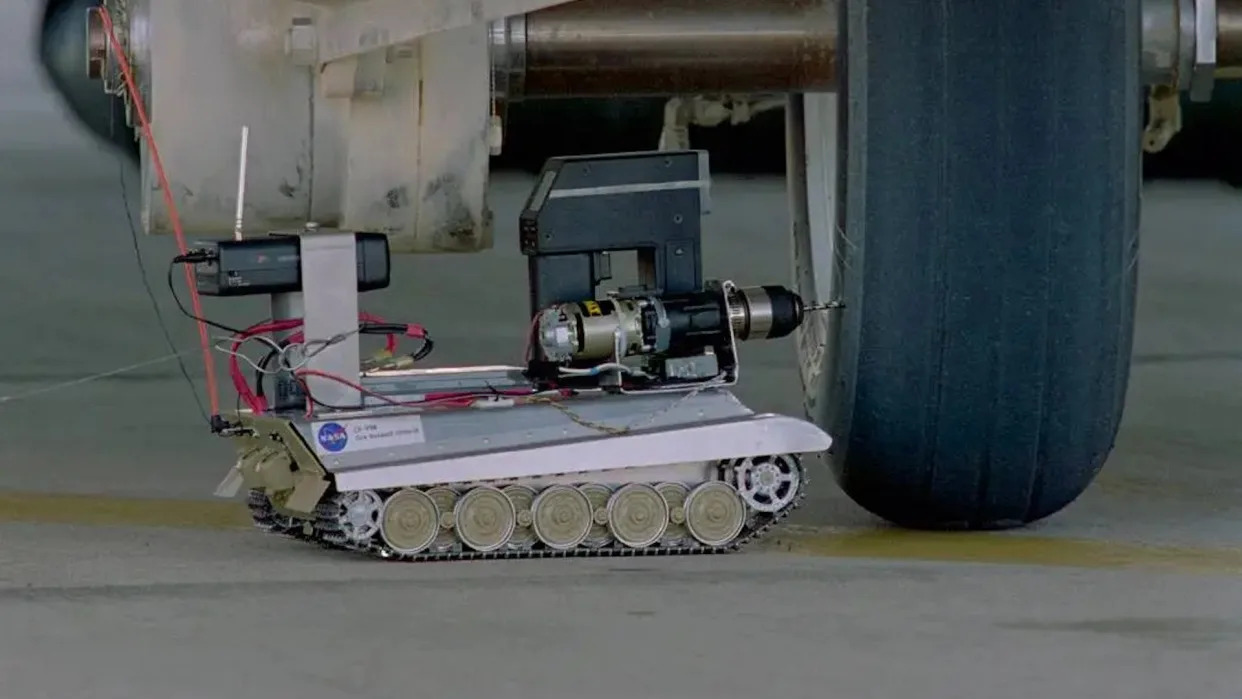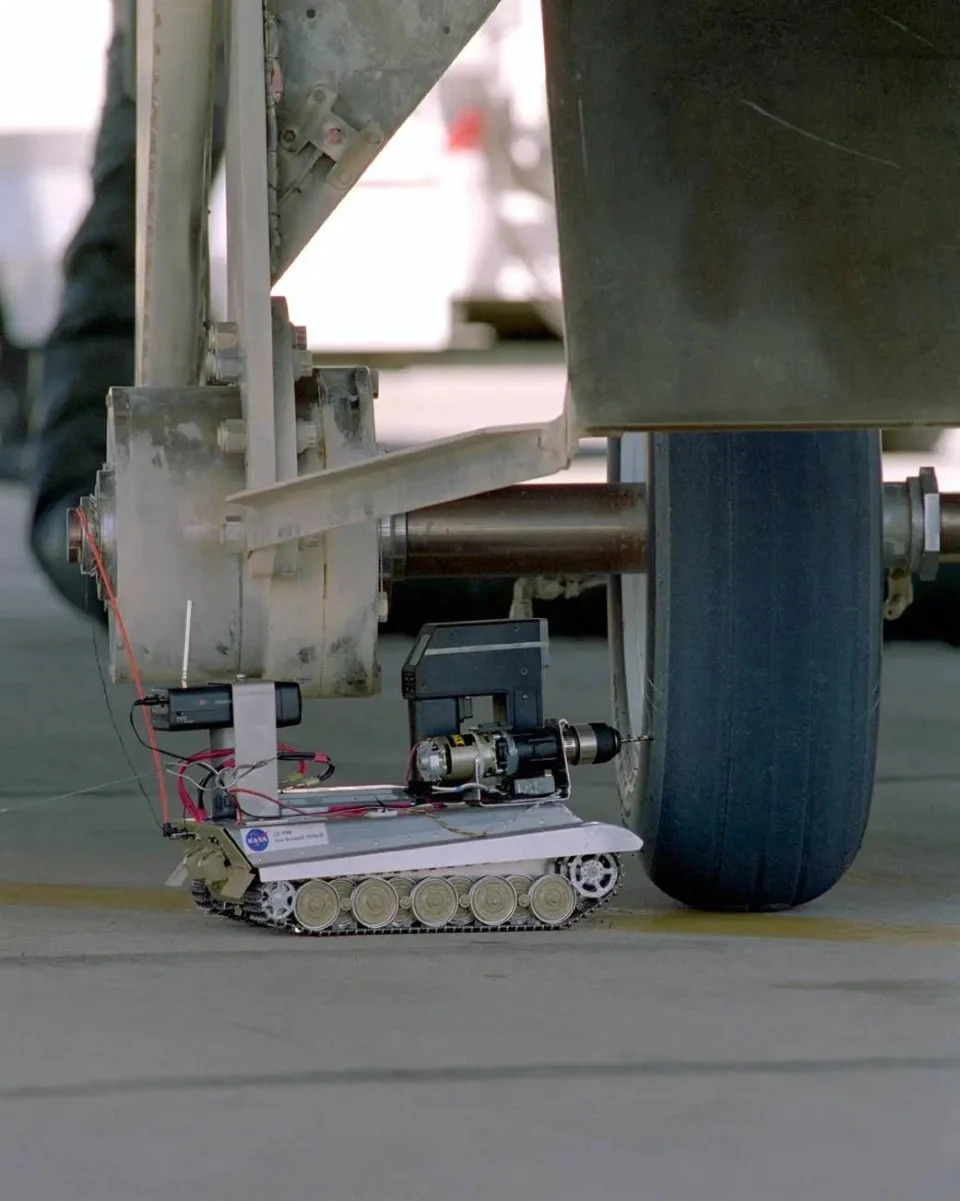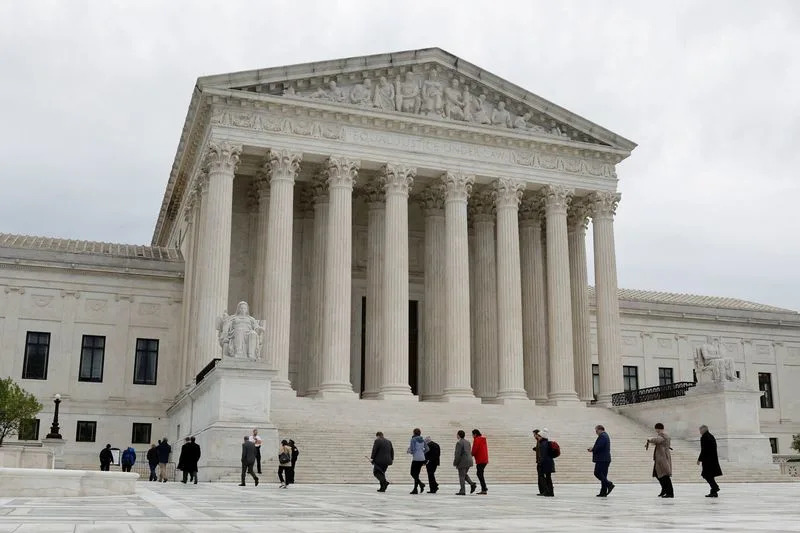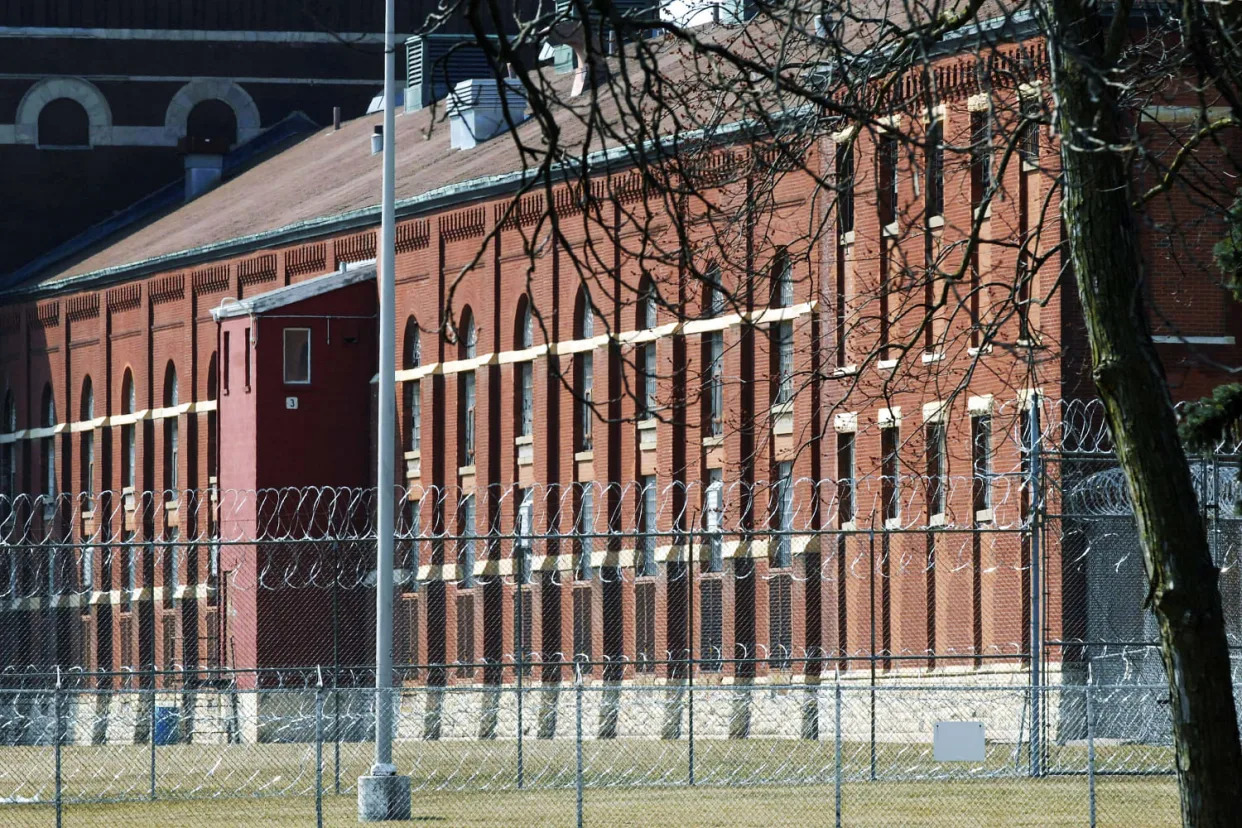Neil McCormick
Mon, 13 November 2023

Working class heroes
A working-class hero is something to be, sung John Lennon in 1970. This proclamation came after a decade which saw class boundaries dissolve like never before: it was a time when cinema and theatre in Britain was dominated by kitchen sink drama and British pop music not only ruled the world but also brought working-class culture unapologetically into the mainstream.
Yet these days, the notion of class, particularly when it comes to art and culture, is more diffuse, more slippery. The idea of social mobility, once something to be cheered, now has its naysayers and, in fact, a new book The Working Classroom by Matt Bromley and Andy Griffith suggests that lifting working-class kids from their roots is not the be all and end all that where they came from should be celebrated.
The book goes on to recommend a selection of books, music and films from Great Expectations by Charles Dickens to Ghost Town by The Specials that pupils should study. It’s a difficult path – much work, for example the films of Mike Leigh, tends to patronise the working class rather than be celebratory. So with this in mind, the Telegraph critics share their own cultural highlights which walk that line adroitly.
The Darling Buds of May (1958)

The cast of The Darling Buds of May - ITV/Shutterstock
The son of an illegitimate factory worker, HE Bates wrote five novels about Pop Larkin, scrap dealer and nominal farmer, and his enormous brood. Where most working-class folk in fiction lead miserable circumscribed lives, the Larkins live high on the hog, blessed with the cunning to outwit the tax inspectors and bureaucrats trying to put a dent in their income; and instead of submitting to middle-class values, they defy their prudish times to enjoy vigorous and varied sex lives. It’s a bucolic fantasy world, but at least it shows that not every non-posh character in fiction need be downtrodden.
Billy Liar (1959)
Yes, read the novels of the Angry Young Men – Sillitoe, Barstow, Braine – and nod along with the authors’ outrage at the stacking of the system against their working-men protagonists. Or perhaps read Billy Liar, by their contemporary Keith Waterhouse, and have a laugh.
Based on Waterhouse’s own teenage experiences as an undertaker’s clerk, the novel details the daydreams and pranks which make 19-year-old Billy Fisher’s trammeled existence bearable. There’s an undercurrent of sadness at Billy’s unfulfillable ambitions, but Waterhouse refuses to make a martyr of him, instead conferring on working-class life the dignity of being a fit subject for comedy.
By Jake Kerridge
Jerusalem (2009)

Mark Rylance in Jerusalem - Simon Annand
When Jerusalem arrived in 2009 with the force of an instant classic much was made of Jez Butterworth’s unfashionable interest in rural life. And there was inevitable admiration too for Mark Rylance’s rip-roaring turn as ne’er-do-well, drug-peddling Johnny Rooster Byron. Less celebrated was how the play struck a blow for those on the margins, battling the steam-roller of (middle-class) progress with a mix of hedonistic escapism and obdurate communality, with Byron their mobile-home dwelling focal-point. Modelled on a hard-living former builder, the character’s astounding complexity, what with his braggart wit, fierce individualism and mystical aura, made him a folk-hero and figure of self-ennobled authority: a V-sign flicked at the usual stale, male, pale order.
Beautiful Thing (1993)
Jonathan Harvey’s name-making, era-defining 1993 play (later a film) felt like a riposte to the 1980s vogue for upper-echelon homosexual confusions – such as Another Country and Maurice. Instead, Harvey took us inside the sprawling Thamesmead estate in south-east London and detailed the tender same-sex attraction of two lads living tough lives in neighbouring flats, one of whom faces domestic violence at home. The age of consent at the time was 21, but politics – and the horror of the Aids epidemic – were kept at bay in a feel-good, almost fairytale evening that celebrated the sweetly exuberant resilience of these archetypal under-dogs.
By Dominic Cavendish
Ian Dury: New Boots and Panties!! (Stiff Records) 1977
This was a glorious debut album from one of British pop’s great wordsmiths. The wit, pliancy and sheer exuberance inherent in Dury’s dazzling use of language offers a joyful vision of pride in his East End London roots. It is a world populated by amusingly sketched characters including the outrageously cheeky Billericay Dickie, the tongue tied Clever Trevor and sweary Plaistow Patricia. Dury’s unapologetically unreconstructed Cockney accent is artfully set against the limber sophistication of The Blockheads’ punk funk. Everything about this album is life affirming and romantic, brimming with an earthy sense of love for the people and surroundings, and touched by pathos on a tenderly understated account of his father’s life, My Old Man.
Madness: The Rise & Fall (Stiff Records) 1982
The much loved nutty boys have always celebrated their working class origins with joy and affection rather than punky rage. There is a spirit of life being lived to the full inherent in their ska energy and Music Hall humour. The Rise and Fall was conceived as a concept album about their childhoods in Camden, north London. It is rambunctious, mischievous fun, centred around a knees up pop masterpiece of ordinary family life, Our House. Playing it on top of Buckingham Palace at the Diamond Jubilee Concert in 2012 cemented its status as an unofficial alternative national anthem.
By Neil McCormick
My Beautiful Laundrette (Stephen Frears, 1985)

My Beautiful Laundrette - AJ Pics / Alamy Stock Photo
Against a backdrop of Neo-Nazi violence in Thatcher’s South London, this deft social comedy from the pen of then-little-known Hanif Kureishi forged a redemptive glow. Little does anybody know that business partners Omar (Gordon Warnecke) and Johnny (a peroxide-quiffed Daniel Day-Lewis), who step up to run the business of Omar’s uncle, are also paramours. In this collision of the Pakistani and punk worlds, they get away with a furtive relationship because no one could have dreamed it likely. Boundary-pushing in all sorts of ways, Stephen Frears’s breakout hit thrives on compassion, and a bruised optimism, for its star-crossed lovers.
Alfie (Lewis Gilbert, 1966)
Right after Zulu and The Ipcress File, Michael Caine reached a new echelon of fame as the womanising Cockney hero of Bill Naughton’s 1963 play. As charming as he is callous, he famously shoots the breeze straight to camera while swanning around on the make. Lewis Gilbert’s comfort with the working class, and consistently progressive casting, made him the ideal director for the job. It perfectly caught both the swinging zeitgeist and seedy underbelly of 1960s London for a global audience, and was a box office sensation, nominated for five Oscars, including Best Picture and Best Actor for Caine.
By Tim Robey
Brookside (1982-2003)

Brookside - Television Stills
In terms of TV drama, soap operas set the template for how working-class lies are depicted. In 1960, Tony Warren created Coronation Street, looking at the turbulent lives of the residents in Greater Manchester, yet for all its popularity, its quaintness and cast list of eccentrics has sometimes felt less than authentic. Brookside, on the other hand, was the real deal. Created by Phil Redmond for the then-brand new Channel 4, this slice of Liverpudlian life pulled no punches and was determinedly unsentimental (at least in its first decade). The fact that it was filmed in a real close with echoey walls gave a sense of cinema verite which has never been rivalled since.
Auf Wiedersehen, Pet (1983-2004)
Ever since Steptoe and Son took existential angst to new levels, the British sitcom has always been socially diverse. But this series, written by Dick Clement and Ian La Frenais, broke new ground. Following the lives of seven construction workers who travel to Düsseldorf to seek employment, it never gave you the sense that these were a bunch of thespians finding their motivation. Rather, you often got the impression that the cast had walked off nearest construction site. Jimmy Nail who played Oz had worked in a glass factory and got his “surname” when a six-inch spike went through his foot. It could be downbeat, but ultimately the show was underpinned by a sense of optimism.
By Ben Lawrence
MISSED THIS CLASSIC FROM 1959


















